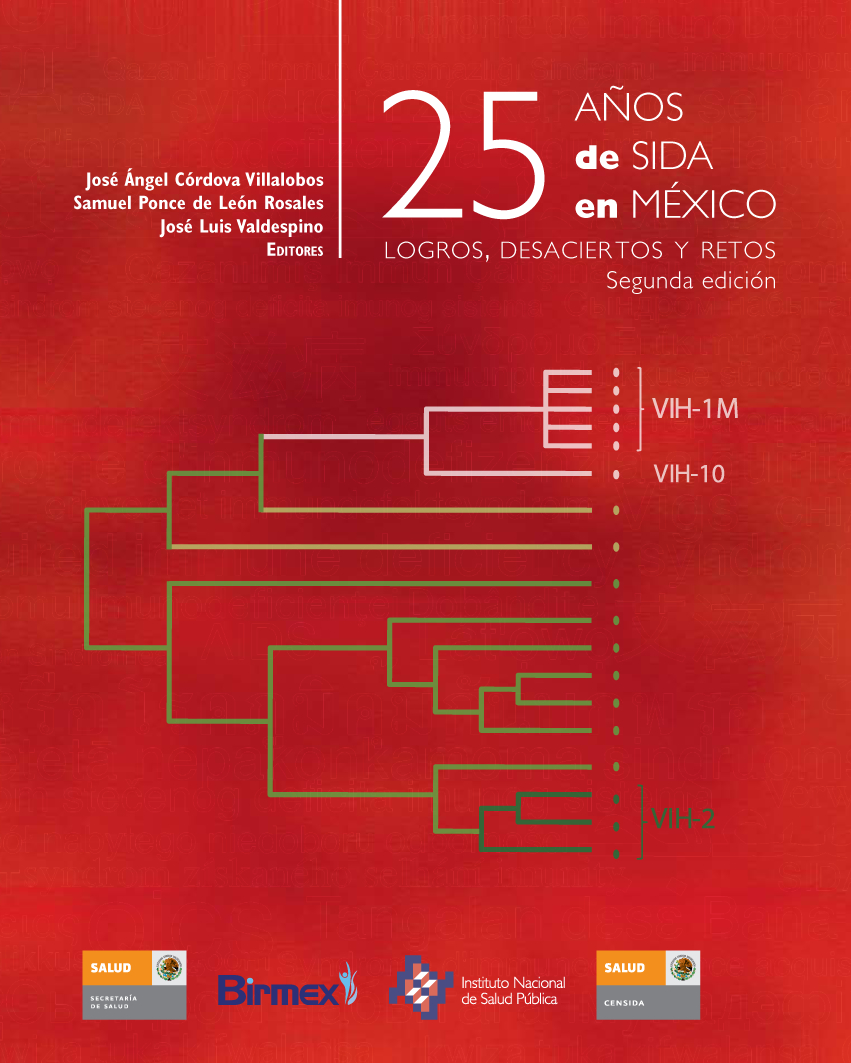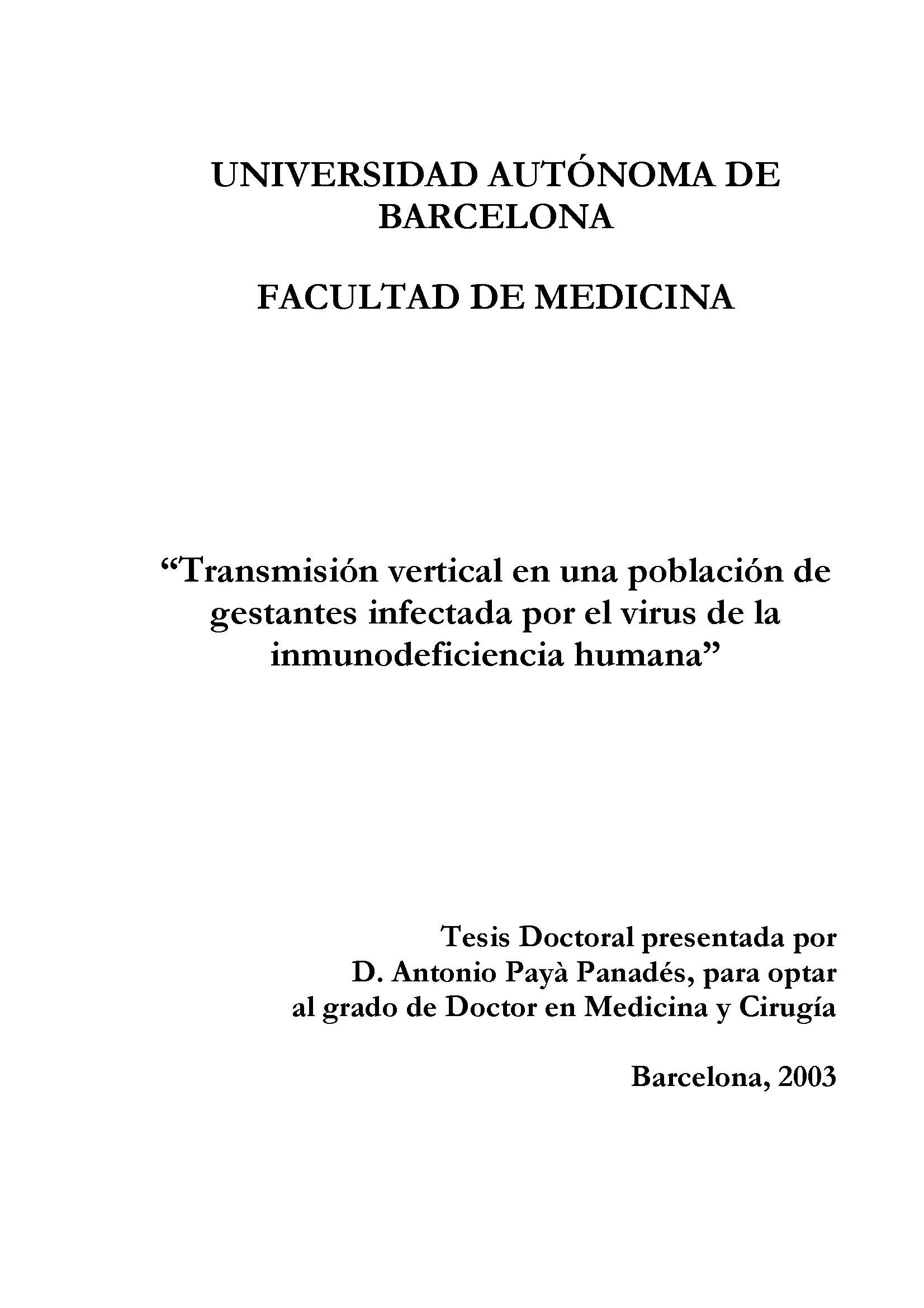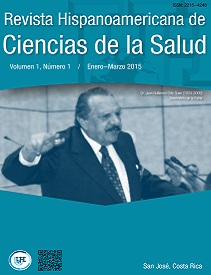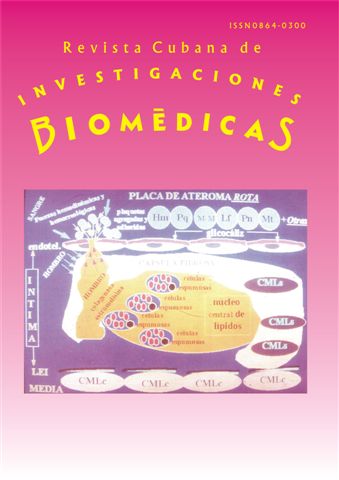Resumen
In this chapter, the challenges faced worldwide with respect to reducing the perinatal transmission of
HIV are described. The main obstacle identified in Mexico is the low perception of risk of acquiring HIV
among women, which is influenced by prevention messages that are mainly directed towards men and by
gender barriers. Most of the campaigns and messages have been directed towards high-risk populations
and most women perceive this risk as not pertaining to them because they consider themselves faithful,
monogamous, non-users of drugs, as well as deny or are not aware of the possibility that their partner could
have risk practices or HIV. In addition, structural and organizational problems exist with regard to health services that have inhibited
timely detection during pregnancy and the availability of comprehensive health care services for pregnancy
and childbirth, as well as inadequate health care for children born to mothers infected with HIV. An estimated
2.3 million children worldwide under 15 years of age live with HIV, and more than 90% of those were infected
by vertical transmission, in spite of the fact that more than 10 years ago there was enough scientific evidence
about interventions relevant to decreasing by more than 98% the possibility of mother-child HIV transmission.
Women with HIV who become pregnant have a 20 to 45% possibility of transmitting the virus to their child if
they do not receive interventions that are proven to decrease this risk to less than 2%. In most low- to middle-income countries, the prevention of perinatal HIV transmission has not significantly
improved. Developed countries have achieved a decrease in perinatal transmission of more than 90%
from the time at which several strategies were introduced for pregnant women, including screening for all
pregnant women, the use of antiretroviral strategies for affected pregnant women, and elective cesarean
birth and avoiding maternal lactation. In Mexico, actions related to perinatal prevention began in 1990 with
the institutional comprehensive health care program for HIV+ pregnant women at the Instituto Nacional
de Perinatología Isidro Espinosa de los Reyes in Mexico City (INPer). This program kept improving in accordance
with the scientific evidence that kept emerging on an international level. The INPer experience has
demonstrated the possibility of decreasing the risk of perinatal transmission to less than 2% by establishing
a comprehensive, completely protocolized management strategy.
Viable strategies are proposed for reducing perinatal HIV transmission with goals for 2012, now that human,
financial, and material resources exist for achieving those goals. Three scenarios for 2012 are created
based on the coverage for HIV detection in pregnant women (10%, 50% and 100%), observing the effects
on cases of children with HIV and AIDS in each one of the scenarios. To achieve real change in the evolution
of this type of transmission, political will on the part of health care authorities is required at various levels of
government, as well as the monitoring of the fulfillment of guidelines and agreements. These changes will
not only have a great impact on the reduction of the number of HIV cases among children less than 15 years old but also on the quality of sexual and reproductive health services.






